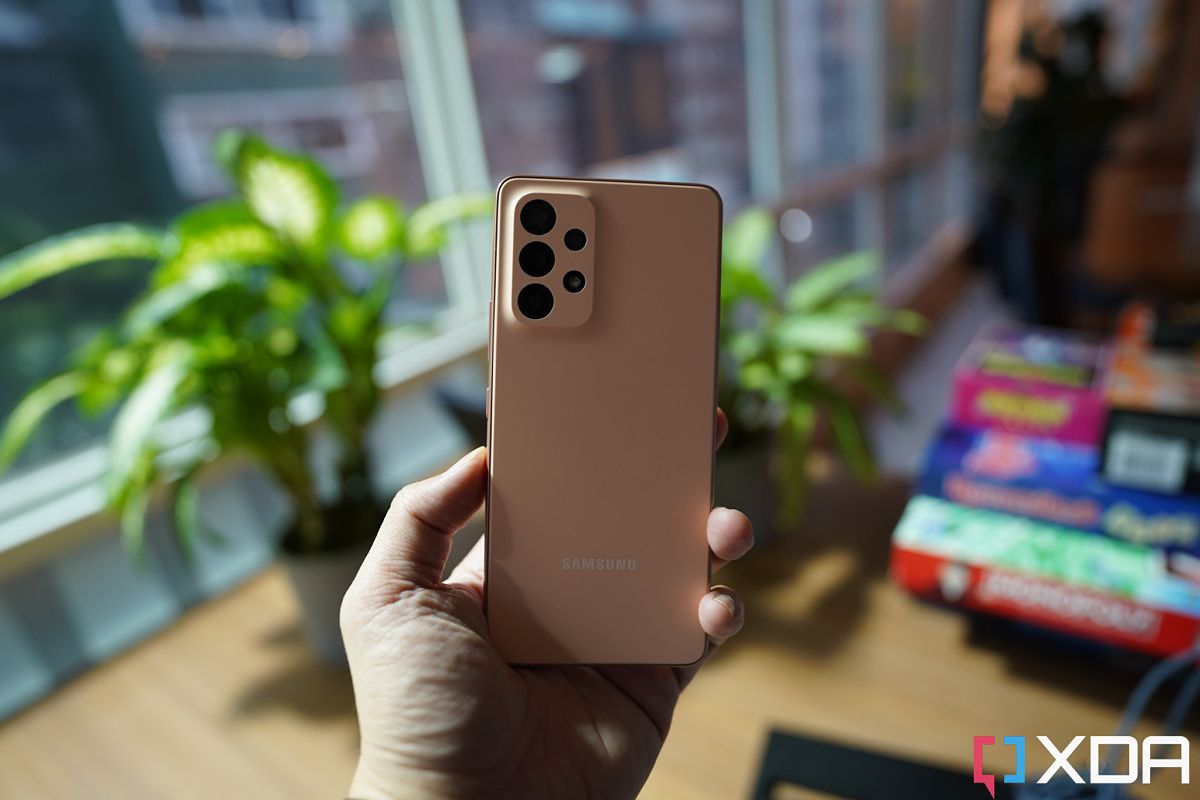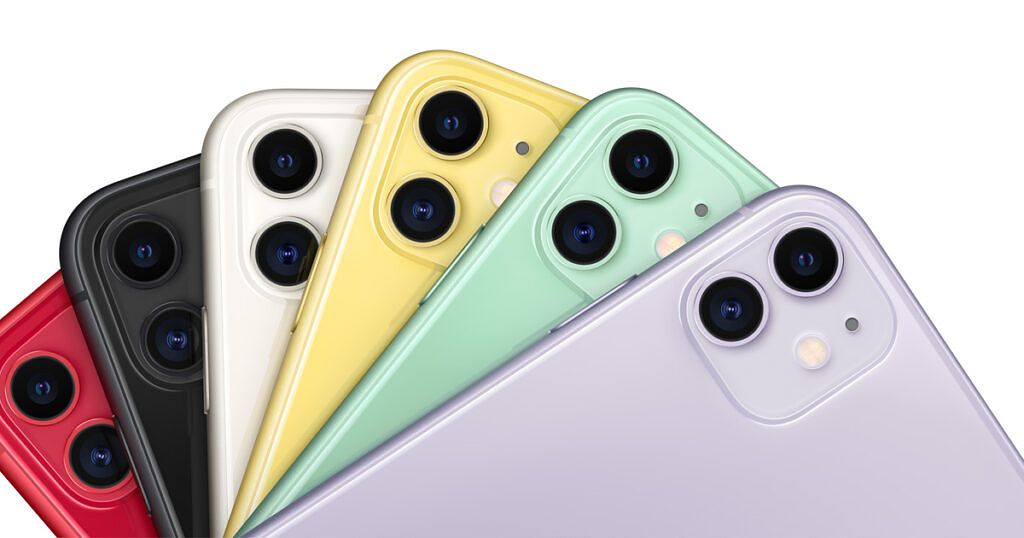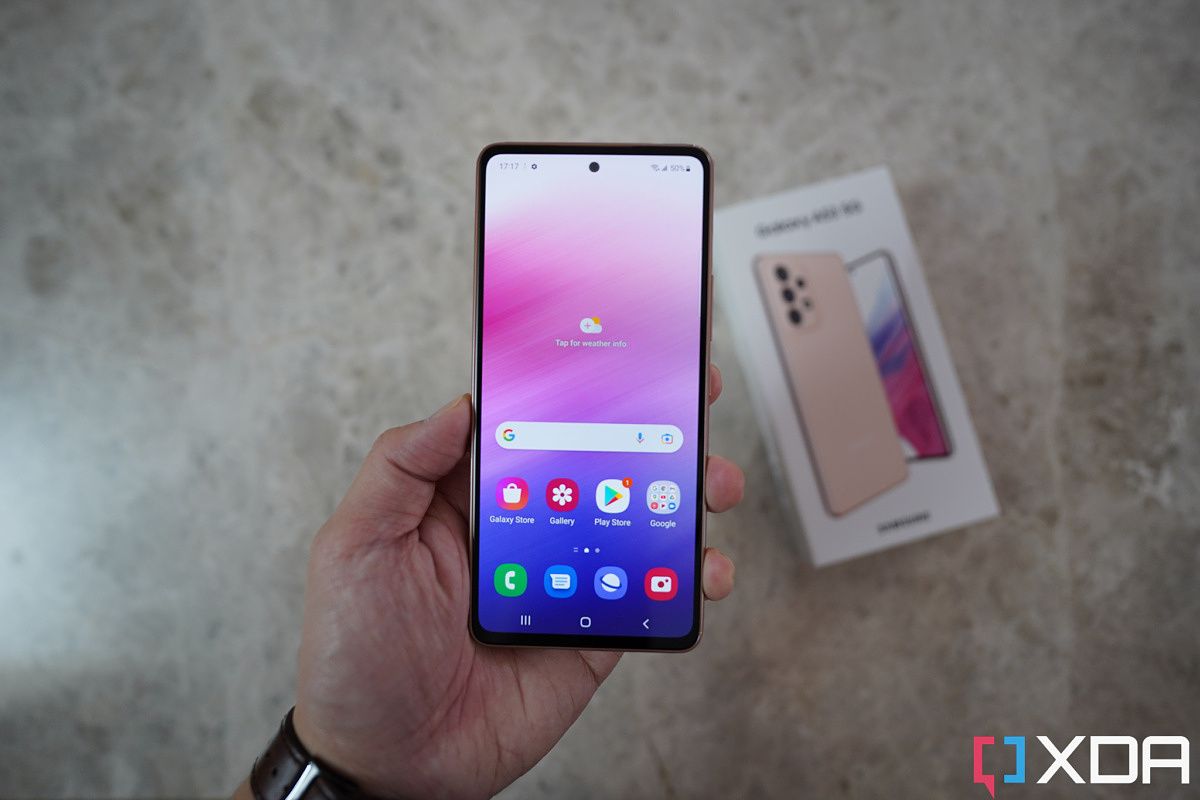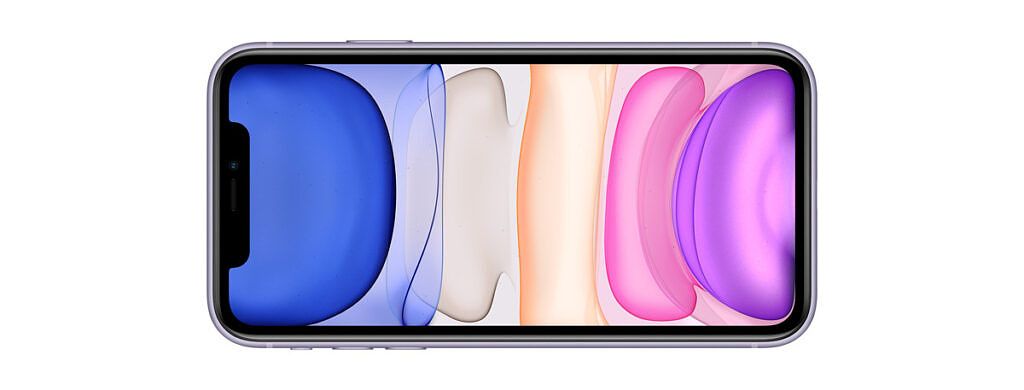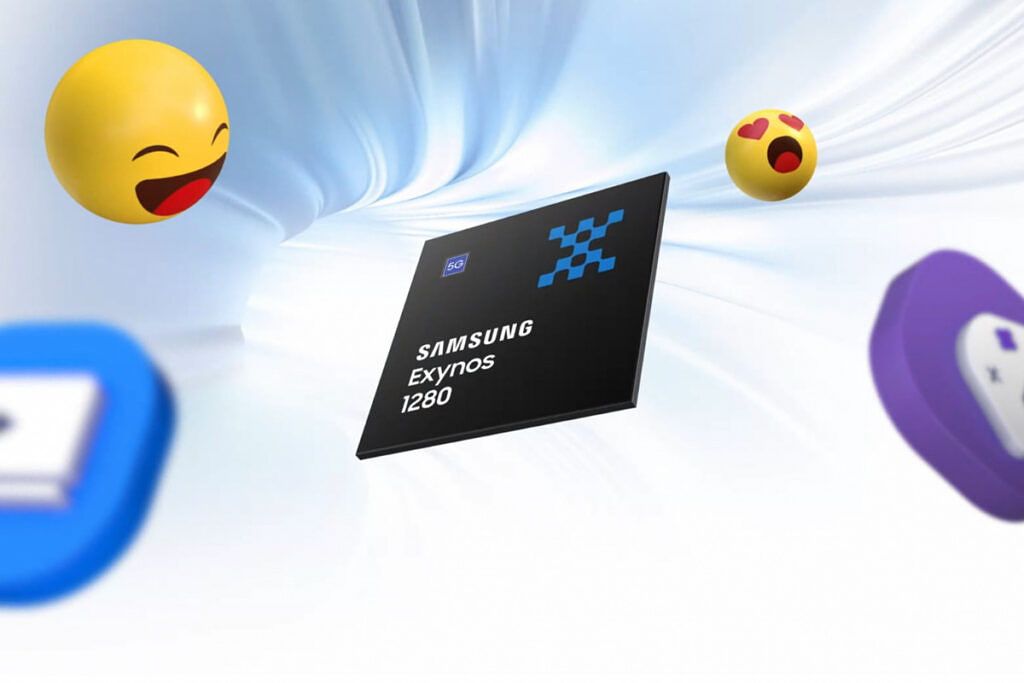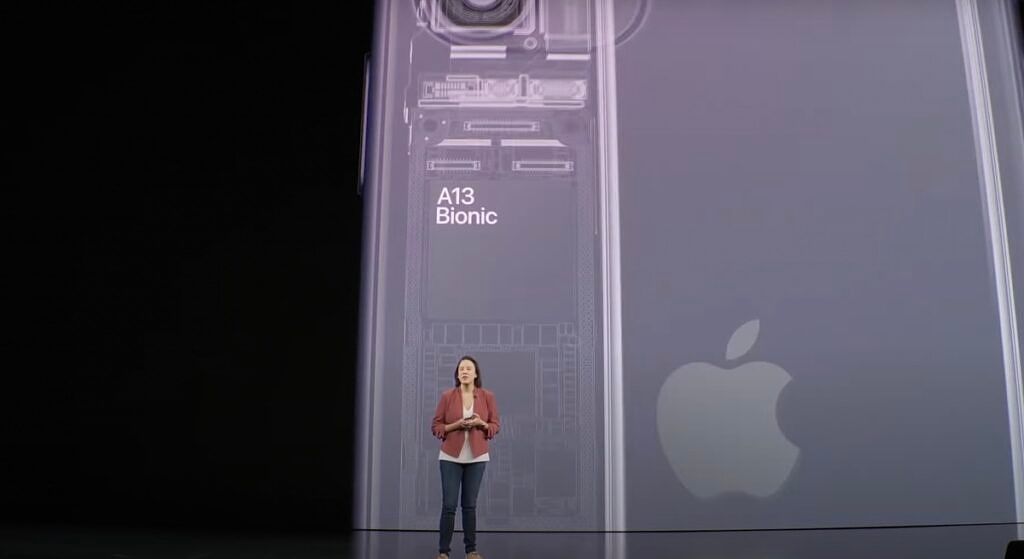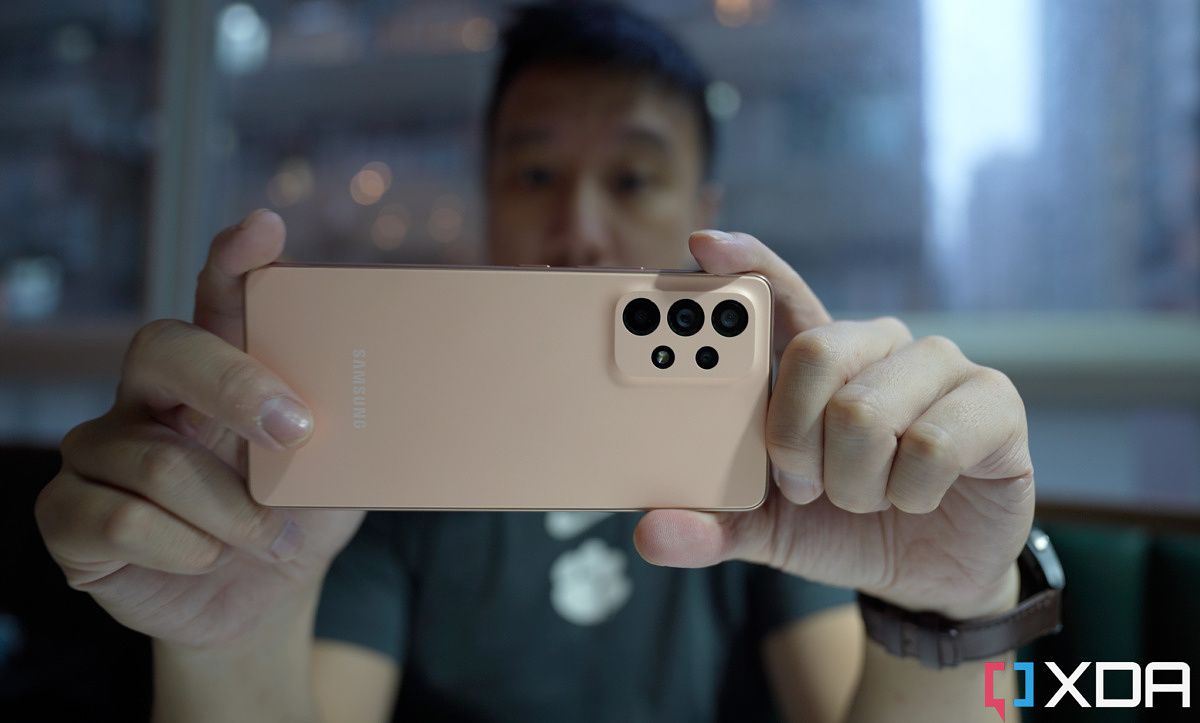Despite the smartphone market being saturated with dozens of brands, there are still two brands that consistently dominate every year - Apple and Samsung. While both are recognized around the world, they each cater to a different audience. Whether it's an iOS or Android smartphone you're after, the Samsung Galaxy A53 5G and Apple iPhone 11 are perfect choices, especially when you consider their prices and features. So which phone is right for you? We can help you make a decision, breaking down the overall details of each phone, which should give you a better idea of which you might be interested in. So strap in, this is the Samsung Galaxy A53 5G versus the Apple iPhone 11.
Navigate this article:
- Specifications
- Build and Design
- Display
- Performance
- Cameras
- Battery Life and Charging
- Samsung Galaxy A53 5G vs Apple iPhone 11: Which one should you buy?
Samsung Galaxy A53 5G vs Apple iPhone 11: specifications
|
Samsung Galaxy A53 5G |
Apple iPhone 11 |
|
|---|---|---|
|
Build |
|
|
|
Dimensions and Weight |
|
|
|
Display |
|
|
|
SoC |
Samsung Exynos 1280 |
A13 Bionic chip |
|
RAM and Storage |
|
|
|
Battery and Charging |
|
|
|
Security |
Fingerprint sensor |
Face ID |
|
Rear Camera(s) |
|
|
|
Front Camera(s) |
32MP ƒ/2.2 |
12MP camera ƒ/2.2 |
|
Ports |
|
|
|
Connectivity |
|
|
|
Software |
One UI 4.1 (Android 12) |
iOS 15 |
|
Price |
$349.99 |
$499 |
Build and Design
The Samsung Galaxy A53 5G and Apple iPhone 11 are completely different when it comes to their build and design. The Galaxy A53 5G offers a sleek look that is mostly made of plastic. The sides are faux metal and the rear offers a satisfying grippy texture. The Apple iPhone 11 is built on an aluminum metal frame and has a glass rear panel. The result is a phone that feels quite premium. As you might expect, both phones have a glass display. For the iPhone 11, this brings things full circle. As you get a glass front and back, sandwiching an aluminum frame. With the Galaxy A53 5G, you get more of a contrast. A glass front, faux metal sides with a matte plastic back.
The back of the Samsung Galaxy A53 5G has a flush and flat look that is created using a matte plastic back. While it doesn't exude a premium look, it does offer the functional benefit of being more resistant to scratches, and fingerprints, and also offering more gripe when in use. The iPhone 11 has a smooth glass back panel, which looks elegant and can also have the physical benefit of being more resistant to scratches. But the notable drawback with a glass back panel is its durability, especially when dealing with drops. There is also the claim that glass back can be a bit harder to hold thanks to its slick surface.
When it comes to design, both phones have a hump that accommodates the multiple cameras found on the rear. The Samsung Galaxy A53 5G is a rectangular design that houses four cameras and a flash. The Apple iPhone 11 is a square shape that houses two cameras and a flash. While both humps are present, the Galaxy A53 5G is a bit more refined thanks to a seamless transition from the hump to the rear plate. The rear of the iPhone 11 is quite pronounced as if Apple is embracing the look. Of course, neither is bad, but this will be something to contemplate subjectively at the individual level.
Display
The Samsung Galaxy A53 5G has a 6.5-inch Super AMOLED display with a resolution of 1080 x 2400 pixels. Since this is an AMOLED display, you can expect deep blacks and colors that pop. On top of that, it has an in-display fingerprint reader and it offers a 120Hz refresh rate, something that used to be reserved for higher-end smartphones. As for looks, you get thinnish bezels surrounding the display which makes it look modern.
The Apple iPhone 11 makes use of an IPS LCD display, one that Apple calls a "Liquid Retina HD" display. The 6.1-inch display is backlit by LEDs and offers a resolution of 1792 x 828. Since this is an LCD from Apple, you can expect colors to be quite balanced. As for its refresh rate, you're looking at 60Hz, which isn't great when compared to the Samsung Galaxy A53 5G. But the 60Hz refresh rate was standard across all Apple iPhones until the release of the iPhone 13 Pro and iPhone 13 Pro Max in 2021.
As far as looks go, the Galaxy A53 5G offers something a bit sleeker and modern with its punch-hole design. Apple has maintained the same design for most of its phones since the release of the iPhone X in 2017. This is mainly due to Apple's facial recognition system, Face ID, which offers industry-leading security technology, but requires numerous sensors to work. These sensors are housed in what has famously been dubbed the "notch". While it was quite jarring when it first made its debut, it has been five years since, and with plenty of copycat designs from Android manufacturers, the notch in 2022 isn't really that big of a deal.
With that said, looks are subjective, but the options are clear, the Samsung Galaxy A53 5G has a higher resolution display with a small punch hole in the middle of the display, versus the iPhone 11 with a lower resolution display and large notch.
Performance
There are a lot of different aspects to consider when looking at the performance of a smartphone. Despite the iPhone 11 making its debut two years ago, at the time, it had a top-tier processor with its A13 Bionic. In contrast, the Samsung Galaxy A53 5G is powered by an Exynos 1280 SoC produced in 2022. While you might be thinking to yourself that the newer processor is obviously better, you might want to think again.
The Samsung Exynos 1280 does offer some benefits due to its new 5nm architecture, but as far as performance goes, in a majority of the benchmarking categories, the Apple A13 Bionic is the clear winner. The A13 Bionic outperforms the Exynos 1280 in both single more and multicore tests. The Apple SoC also has better GPU performance.
But as stated before, there are benefits with the Samsung Exynos 1280. While it isn't as strong a performer as Apple's A13 Bionic, it can still perform quite well for most everyday tasks. It isn't going to be the fastest since it is a mid-tier SoC, but it should perform more efficiently thanks to its 5nm chipset. To be fair, if you're looking for more power, the Apple A13 Bionic is the clear winner, but the Samsung Exynos 1280 is no slouch either.
Cameras
Apart from looks, the camera is probably the next most important thing for a majority of people when considering a new smartphone. To be fair, Samsung is packing quite an arsenal with the Galaxy A53 5G, with the main camera sensor coming in at 64MP, a 12MP ultra-wide sensor, and a 5MP macro. The trio of lenses gives you the most versatility when it comes to shooting modes and provides the best overall experience when taking photos. Samsung has been known for its post-processing effects and things are no different here. While the images are sharp and the colors are punchy, they can look a bit overprocessed at times. Of course, this is a preference, but some might find a more natural look to be more pleasing.
That's where Apple's iPhone 11 excels, deriving color-accurate photos and videos with its 12MP main shooter and matching 12MP ultra-wide camera. Despite the lower resolution when compared to Samsung, the iPhone has always captured reliable and accurate colors. Of course, in order to accomplish this, you'll need light and that is when things look great. But in darkly lit scenarios, the Galaxy A53 5G easily takes the cake, providing excellent night images with its advanced algorithm. Where the iPhone does pull slightly ahead is its video capabilities. The iPhone edges out the Samsung by just a bit as it can offer stabilized video even when shooting in its highest resolution of 4K. The Galaxy A53 cannot do this and can only provide video stabilization in 1080p.
Battery Life and Charging
The Samsung Galaxy A53 5G packs a monstrous 5,000mAh battery. This battery, paired with a mid-tier and efficient SoC can go on to provide all-day battery life with ease. Samsung states that the phone should last two days, with up to 18 hours of video playback and up to 60 hours of audio playback. Ultimately, it will depend on how you use your phone, but for most, this should definitely be enough. What might come as a surprise is that the phone does not offer wireless charging, and you will instead have to rely on the 25W fast charging via USB-C.
The iPhone comes with a much smaller 3,110mAh battery and slower charging speeds at 18W. But it offers wireless charging capabilities. Apple states that the phone can provide up to 17 hours of video playback, up to 10 hours of streaming video, or up to 65 hours of music playback on a single charge. The phone can charge up to 50 percent with a 20W charger. Unfortunately, Apple only includes a 5W charger in the box. With that said, the iPhone should also provide all-day battery life for most. The results of both phones are pretty close, but if you are looking for a battery monster, I think the Samsung would be a safer bet.
Samsung Galaxy A53 5G vs Apple iPhone 11: Which one should you buy?
The Samsung Galaxy A53 5G versus the Apple iPhone 11. Both of these phones are widely available around the world and can still be purchased brand new from carriers and retailers. Although this is a case of apples and oranges, there are clear differences when pitting each device against the other. Of course, what device is good for you depends entirely on how you use your phone. If you want a good all-around phone that has impressive battery life, you might want to consider the Galaxy A53 5G. If you want a good all-around phone that will be supported for much longer through software, choose the iPhone 11. Furthermore, if you've used a smartphone before, you might want to stick with what you know in the Android vs iOS camp. If this is your first smartphone ever, you might want to consider going to your local store to test each one out. The iPhone 11 starts at $499, while Galaxy A53 5G can be had for much lower at $349. If price is a concern, the answer is clear.
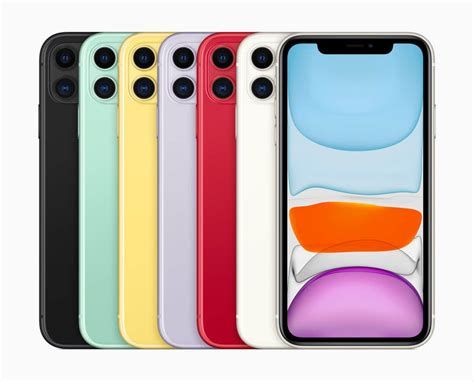
Apple iPhone 11
The Apple iPhone 11 powered by an A13 Bionic chip remains a valid choice, thanks to its still powerful SoC and hardware, and Apple's software support
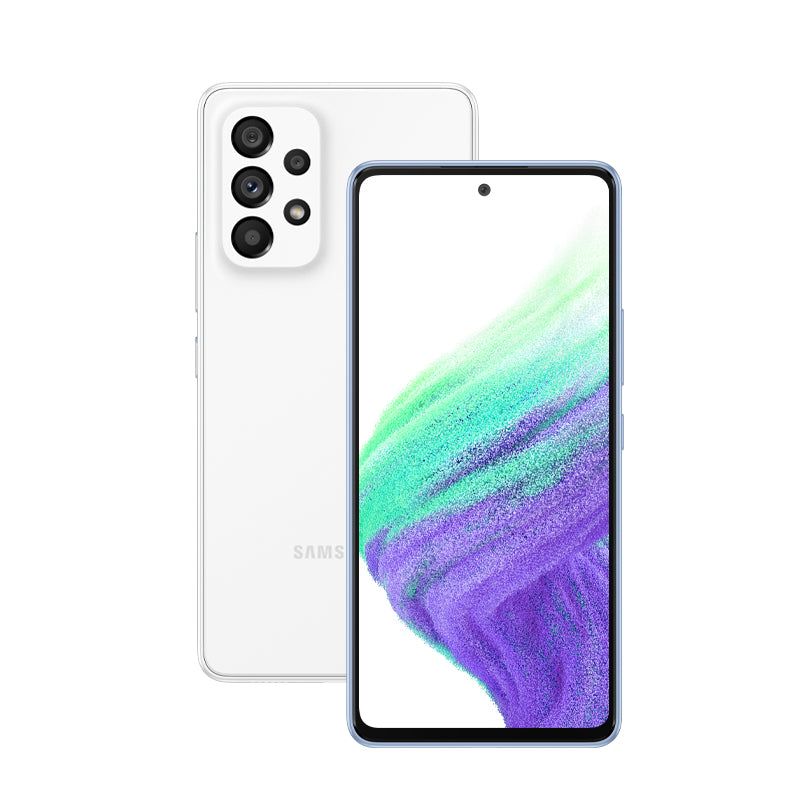
Samsung Galaxy A53 5G
The Samsung Galaxy A53 5G is one of the latest mid rangers from Samsung, offering a phone that just works for more people.


